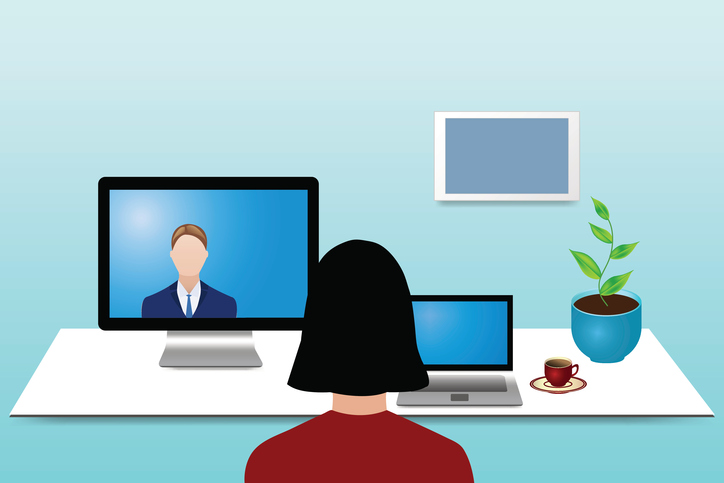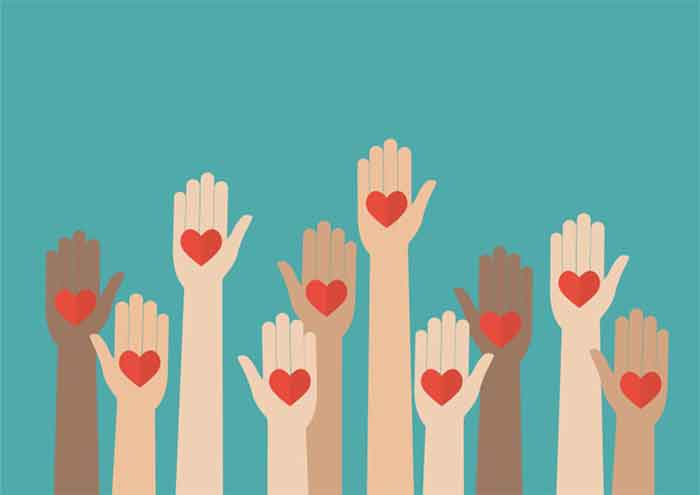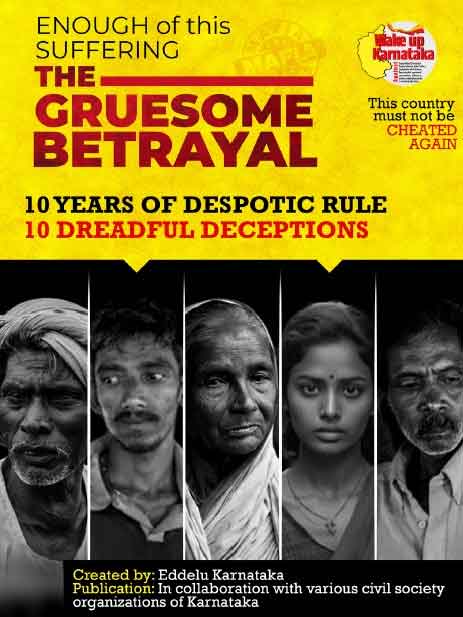
Some time ago, I met the daughter of a friend who has by now finished 2 years of college life without setting foot in the college campus. All this time the classes have been held online and just as she was looking forward to getting ready for offline college and making some friends, Omicron surfaced and things were back to what they were. Meanwhile she makes do with what she calls “ Zoom Friends “. Because they meet daily during online classes and then stay on to chat a while, there is some kind of superficial acquaintance but not much more. In another but related incident, while holidaying in December during the Christmas break with my family, I ran into another bunch of Zoom friends. They had again only met each other online till then. Then one among them brought up the idea of organising an offline get together for a smaller number of them who could make it, so that they could meet each other for real. After again two years of meeting on Google Hangouts and Zoom, they were meeting each other in an Airbnb homestay !
The pandemic reduced the need for friends to be from one’s geographical location, many say. There was no option to go out and meet people. All the interaction shifted online. An online friend was just as good as the friend who lived two doors down because you weren’t meeting them for months anyway. The virtual reality had become the actual reality and when experienced for real for a long period it wasn’t the real thing. Encouraged by government stricture and rapidly evolving social norms, we’ve pulled heads, arms, and legs inside our shells, drawing away from potentially infected others, with the salutary side effect — should we be the sick ones — of also being unable to infect them
Technology may make us feel more connected than ever — most people are just a call, text or tweet away. But does this actually make us closer? Even as the quantity of our connections with other people is on the rise, the quality of our connections is often taking a turn for the worse. Our increasing tendency to communicate electronically has left many of us starved for affection. We’re deprived of hugs, smiles and literal shoulders to cry on. I have more than a 1,000 Facebook friends, but how many of them could I confide in about the worries that keep me up at night? Just because an old college friend likes a photo of my dog on Instagram doesn’t mean he or she is down to listen to me complain about work or give me advice on how to care about my aching knees.
Virtual Reality when used as a dystopian social platform becomes a crutch if it is the only form of social contact one has. Of course, those with social anxiety issues may feel more comfortable online because it allows them to present the best versions of themselves. They can deliberate pore over every word and make sure every photo is near-perfection. But logging on to the Internet, especially social media, to find companionship can backfire, especially when the computer screen is also the tool that is used for work. We may find themselves comparing our lives with others more and more, which can then create anxiety, depression and more intense feelings of loneliness. While some people may have always found it challenging to make friends, many have found the task even more daunting during the COVID-19 pandemic thanks to limited social interaction. Even as the world continues to reopen, increases in remote work mean that people’s social lives look considerably different.
Without close, physical connections, shallow virtual friendships can do little to alleviate emotional loneliness. And there is reason to think many online connections are just that. Friendships can only become real when people step off the pages of Facebook and become real. Friendships forged during our student days are often the ones that last a lifetime as compared to the ones made in later life and if that opportunity is lost, the deficit is a lot more than a gap in our social calendar.
Casual conversations at the local grocery store, a coffee shop , a barber giving a haircut or a person in line at the chemist shop and other people we don’t know well, if at all, who also contribute to our happiness and sense of belonging.These opportunities go missing with the advent of stay-at-home orders and lockdowns issued in an effort to combat the spread of COVID-19, and that loss could be taking a significant toll on our emotional health and professional productivity. These ties are critical to our well-being because they end up giving us the opportunity to vent, confide, brainstorm, and discuss things that we think are important. Because of COVID-19 we don’t have that many opportunities to just run into people anymore, not just strangers, but also those who are not exactly strangers but people we know casually, or because they’re in our profession or line of work. There are many reasons why informal connections are so beneficial. They are typically brief, taking up little time in our over scheduled lives. They offer people a way to be seen, heard, and appreciated, as well as the chance for them to express gratitude. They frequently come free of any expectations. They are likely to be bridges to other communities and networks. And, perhaps most important of all, they can help us cope with some of life’s most pressing challenges.
Older teens and young adults maybe particularly susceptible because they are often transitioning from their inherited families to their chosen families. They can feel disconnected from important social groups or communities. Young people are also often making critical decisions about their professional and personal lives and relationships, which can add to the stress and sense of isolation. There are few benefits to this crisis but it may help us rediscover flexible ways to relate to others. During times of stress and change, however, it’s still possible to engage with others and build friendships—it just may look a bit different than we are used to and take more creative effort and time to sustain.
Dr Shantanu Dutta , a former Air Force doctor is now serving in the NGO sector for the last few decades.














































